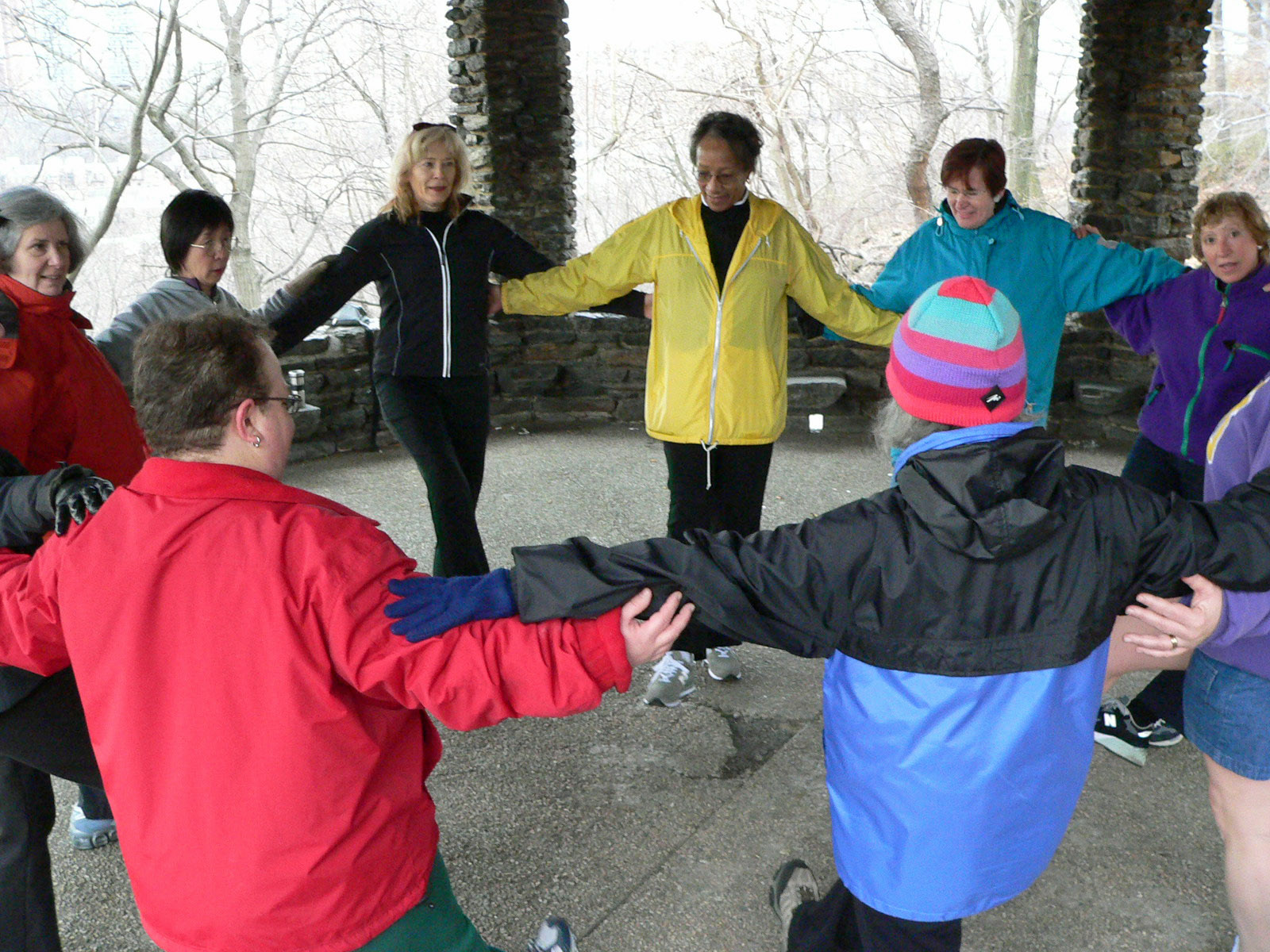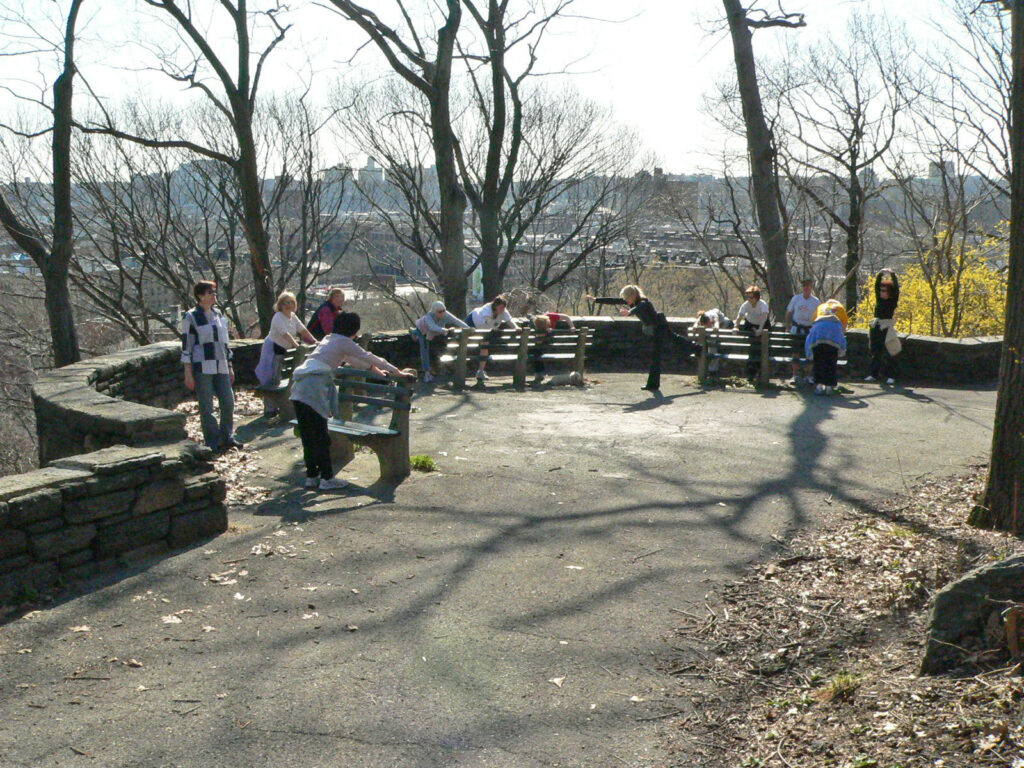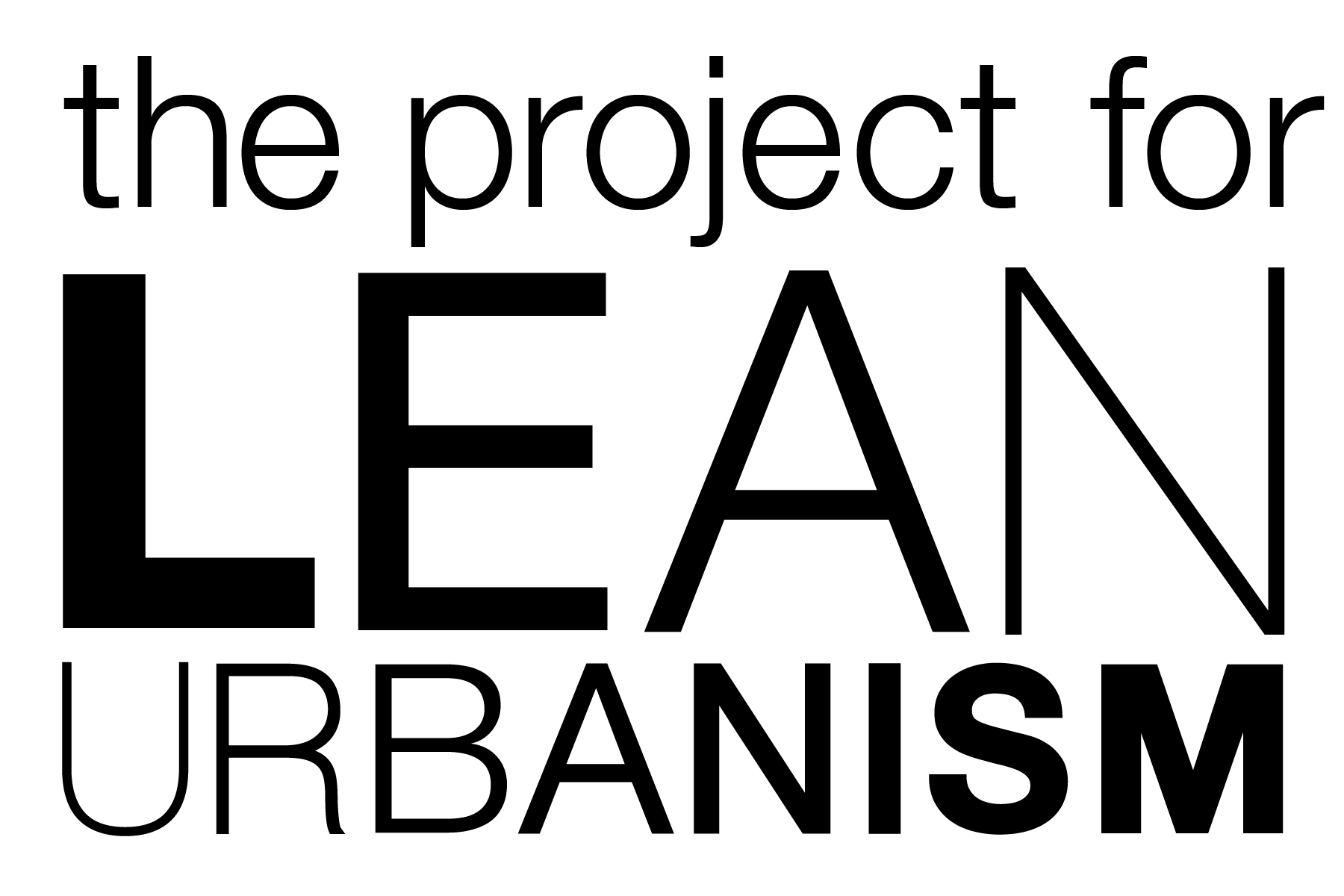
The Problem in Context
The world’s population has become increasingly sedentary, to the detriment of our mental and physical health and quality of life. Not only has physical activity been engineered out of our daily and working lives through labor-saving devices and occupational changes, but our leisure time has also become more sedentary and passive. This holds true across all ages and across ethnicities, cultures, and income levels, but low-income individuals living in underserved communities are particularly at risk. Low levels of physical activity have been linked with a long list of chronic diseases and poor mental health to such a degree that inactivity threatens to overtake smoking as risky health behavior. Regular physical activity, on the other hand, has shown to be a useful tool in preventing these conditions in the first place and in managing them once they occur.
A related problem is “nature deficit disorder”— the detrimental effects of spending too little time outdoors in nature. According to the Biophilia hypothesis, humans evolved to have an instinctive bond with life forms. Indeed, worldwide ancient tradition and modern research agree that exposure to the elements of nature has a positive influence on our health, in particular healthier stress response and brain function. It makes us more relaxed and happier, according to both subjective reports and objective measures such as brain imaging.
Fortunately, we can quite simply harness these twin components of well being simultaneously, by encouraging people to exercise outdoors. In our favor, being outdoors in nature is a motivating and reinforcing factor for physical activity; in other words, many people prefer exercising outdoors to indoors. When outdoors they often engage in activity longer and are more likely to repeat the active behavior. There is growing support for this direction in health and fitness. The American Public Health Association officially recognized the connection between nature and health in a recent policy statement, and a 2013 American College of Sports Medicine survey found outdoor exercise to be among the top ten fitness modalities for the year. There is a growing trend towards interdisciplinary collaboration among health and parks departments and local business to make outdoor exercise available. Yet, there is still much to be done to overcome the documented under-use of parks in general and for moderate physical activity specifically; the most common activity for park users is sitting. Enhancing parks and other open spaces can be an effective way of building a sense of community as residents connect and interact in a shared environment, and perhaps work together to create their local “gym.”
Critique of Policy Options
Indoor health clubs and team sports can be excellent resources for health and fitness, but they are not for everyone. In fact, they are not for most people, and such solutions have been overemphasized to minimal effect. According to industry statistics, only 12 to 15 percent of Americans belong to a gym or health club and 45 percent of members quit going in any given year. Lack of time and money are off-cited obstacles to using gyms, as is sheer dislike and feelings of inadequacy and artificiality. A facility may be crowded and have long waiting times for equipment or classes. Numerous fad exercises may prove attractive in the short run, but as interest wanes, they leave a trail of discouraged users and discarded equipment in their wake. These solutions are therefore ineffective for the vast majority.
Concurrently, there has been a recent swell of enthusiasm for walking and running. These solutions are more convenient, popular, affordable, and Lean, especially when performed outdoors. They feel more natural and for the most part require no learning curve, extra equipment, or infrastructure. They are a good start on fitness. The downside is that these aerobic activities do not satisfy the current recommendations for strengthening and flexibility exercises, and our minds and bodies may find them monotonous over time.
To partially offset these deficiencies, some communities have begun experimenting with outdoor exercise equipment. These so-called ”adult playgrounds” are really indoor gyms brought outside, and share many of their pluses and minuses. They are sometimes successful, but are expensive to build, install, and maintain. They are single-use facilities, and when idle they take up valuable space in urban parks while marring the landscape. On the plus side, they are free to users and in a semi-natural environment.
Recommendation: Open Gyms
A more practical approach would be to make use of existing outdoor infrastructure and features for physical activity, and to design and specify new parks or other outdoor spaces with this future use in mind.
We should think of parks and other outdoor spaces as “open gyms.” Combining nature and exercise provides the benefits of both without doubling the time spent in an activity. In addition, outdoor spaces such as public parks are free and thus available to the greatest number of people. It’s easy to invite friends and family to the local gym; it can feel more natural and send a positive visible signal to others; and people of all ages and abilities can take part. Corporate and other private parks and plazas, trails, and even backyards can make use of the same principles.
Park Features and Furniture: “The Hardware”
During my ten years as a fitness program designer, I discovered that the kinds of things normally found in decently designed, well-maintained parks work just fine as “exercise equipment.” However, the features of existing parks could always be improved; and new parks could incorporate slight modifications to their design and specifications to make them more fitness-friendly — without making them look like gyms or compromising their original functions. For example, benches designed for sitting could also be used for push-ups, sit-ups, and stretches.
Any financial investment in improvements is likely to be small and return the investment many times over in terms of community-building and easing of social isolation, attracting new park users and activating “dead zones,” health improvements, exposure to vitamin D, increased property value, and revenue sources (from trainers’ fees or concessions).
When designing a new park or refurbishing an old one, here are a few basic guidelines for the “hardware” in addition to standard practices:
Benches: Can be used for support for many exercises, from push-ups to stretches.
- A rounded uppermost edge affords greatest hand comfort.
- A flat (not curved) seat affords the greatest comfort for certain exercises.
- Sufficient space between the seat and the lower edge of the back, and a combination of benches with no backs or armrests afford greater flexibility of uses.
- Position benches to encourage formal or informal group use, especially in bulbout areas: circular or square configuration is desirable, and placing at least one bench opposite a group of benches allows a leader to better demonstrate the exercises.
- The distance between benches should be no more than ¼ mile, to encourage those with limited walking ability.

Walls: Can be used for many exercises, from pushups to stretches.
- Build walls with a variety of heights, near each other for groups to use.
- Thick walls allow for greater variety of uses.
- Use smooth textures so as to not injure skin or clothing when sitting, lying, or leaning on the wall.
Steps, stairs, and bleachers: Can be used for cardiovascular conditioning, stretches, and leg-strengthening.
- Include a variety of heights to accommodate different levels of fitness.
- Include a railing so less-fit people or those with balancing problems can still climb them.
- Incorporate landings with places to sit for those who need to rest, and for others to perform strengthening exercises between groups of steps.
Inclines and other changes in elevation: Can be used for variety and to increase cardiovascular effects.
- Design a variety of degrees of elevated walking and running surfaces.
- Create berms of earth and grass interspersed with level areas.
- Include a variety of ramps and paving/surface materials.
- Include curbs of a variety of heights.
Paths and paving: Use as cues and guides for lower- body exercises and to provide usable surface for people to walk, run, and do “traveling steps.”
- Shallow grooves and changes in color can create a variety of patterns for feet to follow and targets to aim for.
- Configure paths in circles, squares, or other shapes to provide centers to stimulate and guide activity.
Shelter from sun and rain: Helps expand the use of the park.
- Set aside small roofed areas such as gazebos and pavilions for protection from the elements, and include benches, walls, steps/curbs, as specified above.
Encouraging Open Gym Activity: “The Software”
To support the idea of using an existing park as an “open gym,” a community may proceed in various ways. The best first “software” steps are to commission knowledgeable fitness instructors to demonstrate a variety of exercises, train community members to lead small fitness groups, and/or teach classes on an ongoing basis. A fitness-mapping specialist can also work with a graphic designer to create a fitness map of the park to be distributed for free in printed and digital formats. In addition, signage can be installed to augment or replace structured fitness classes. Signage may be: small instructional posts installed near benches or other furniture, or motivational and instructional banners installed on adjacent structures, such as lampposts, throughout the park.
Other Thoughts
- Locate new parks in walkable, bicycle-friendly locations and include bike stations.
- Provide and maintain open areas, to encourage spontaneous family activities such as catch, frisbee, tag, as well as fitness classes.
- Provide and maintain dog-friendly areas to enable dog owners to feel comfortable while being good neighbors.
- Open schoolyards to the community during offhours; include benches, walls, steps/curbs, as specified above.
- Provide amenities such as water fountains, bathrooms, and water features accessible to all ages and abilities to support health and promote joy.
- Consider how public art and creative lighting can extend hours of use and reinforce the open gym concept.
- Include community gardens for food- and flower- producing physical activity and sociability; volunteer gardening and park maintenance also serve multiple purposes.
- Refer to Active Design Guidelines for additional ideas about physical activity-promoting design for buildings.
Nancy Bruning, MPH, is a certified Physical Activity in Public Health Specialist. Since 2004, Nancy has been opening people’s minds about what is possible by leveraging resources and thinking about them in a new way. Through utilizing existing park infrastructure and features, fitness mapping, and programs and events she promotes the use of naturally occurring exercise circuits. The result is a low-cost, sustainable active lifestyle for community residents and workplace employees of all ages and abilities. She now trains people who are not certified fitness professionals to lead their own groups as well, spreading fitness knowledge and skills throughout a community. She is also a popular public speaker and the author of over 20 books on health, fitness, and urban design; her most recent is “Nancercize: 101 Things to Do on a Park Bench.” She is the creator of Green Gym Day, an international annual invitation for everyone to get out and play.
